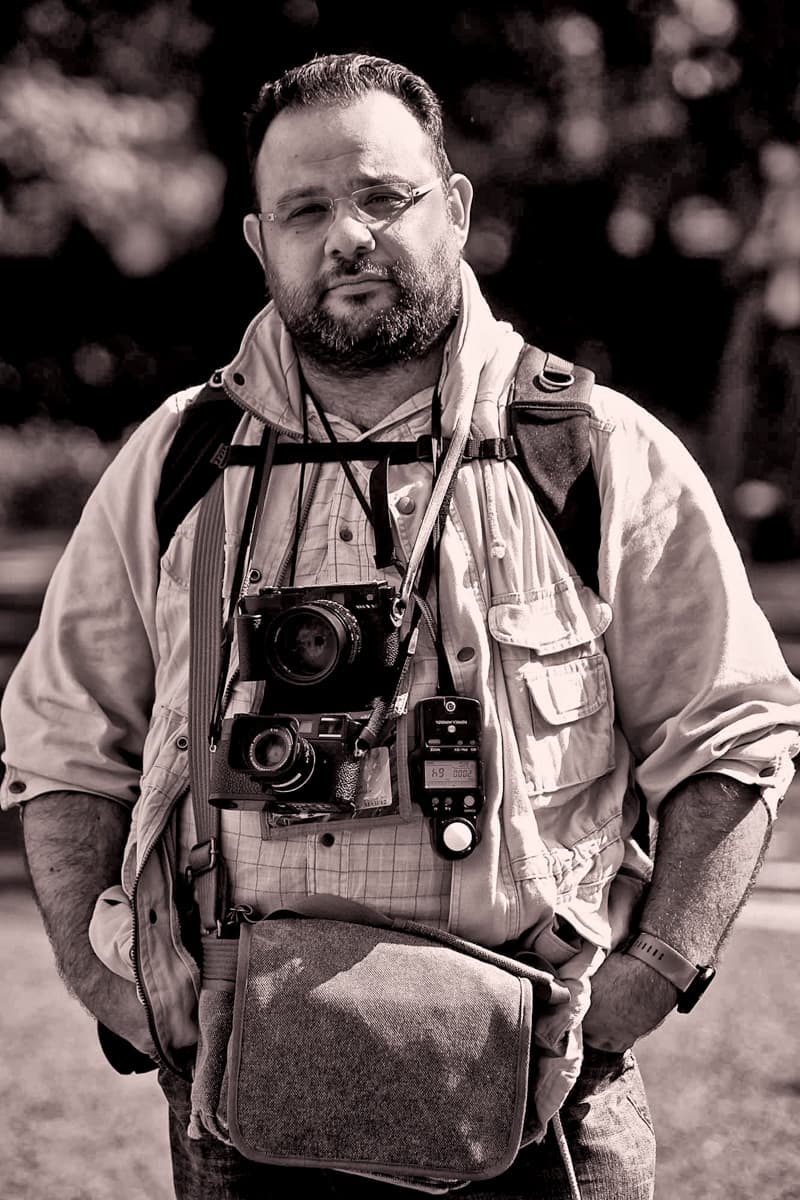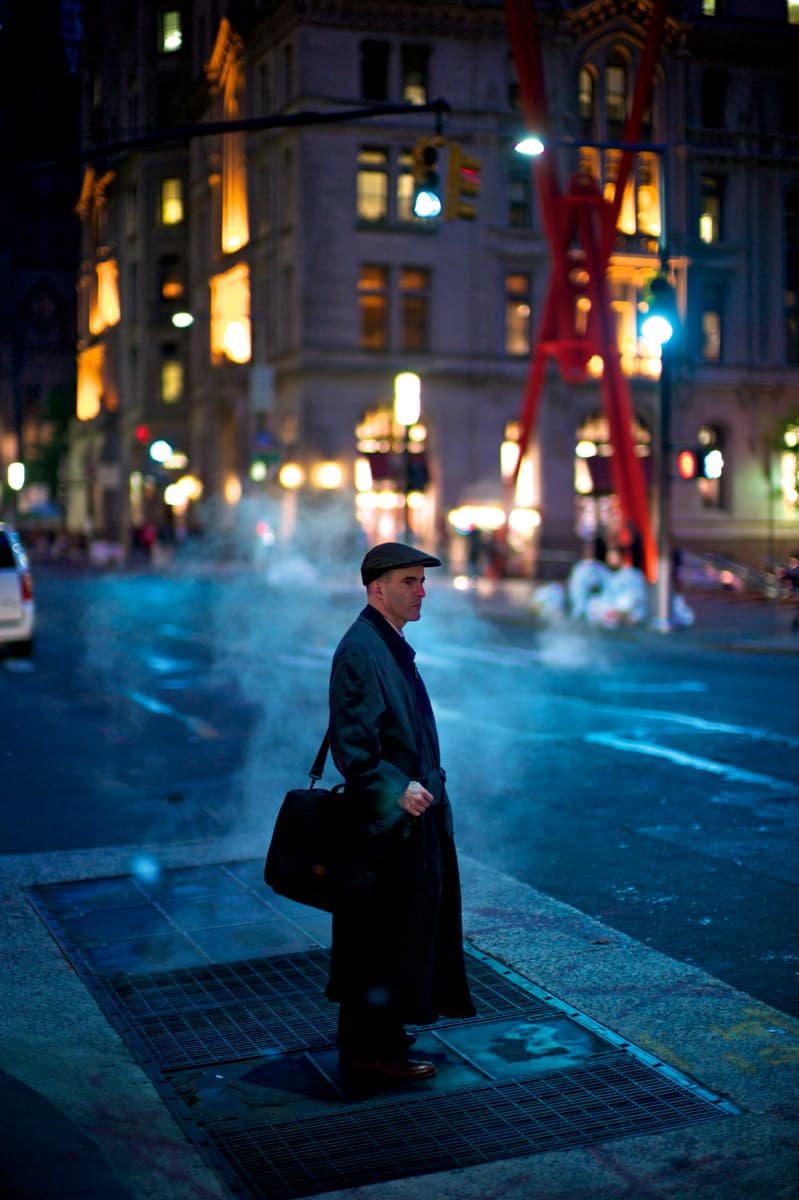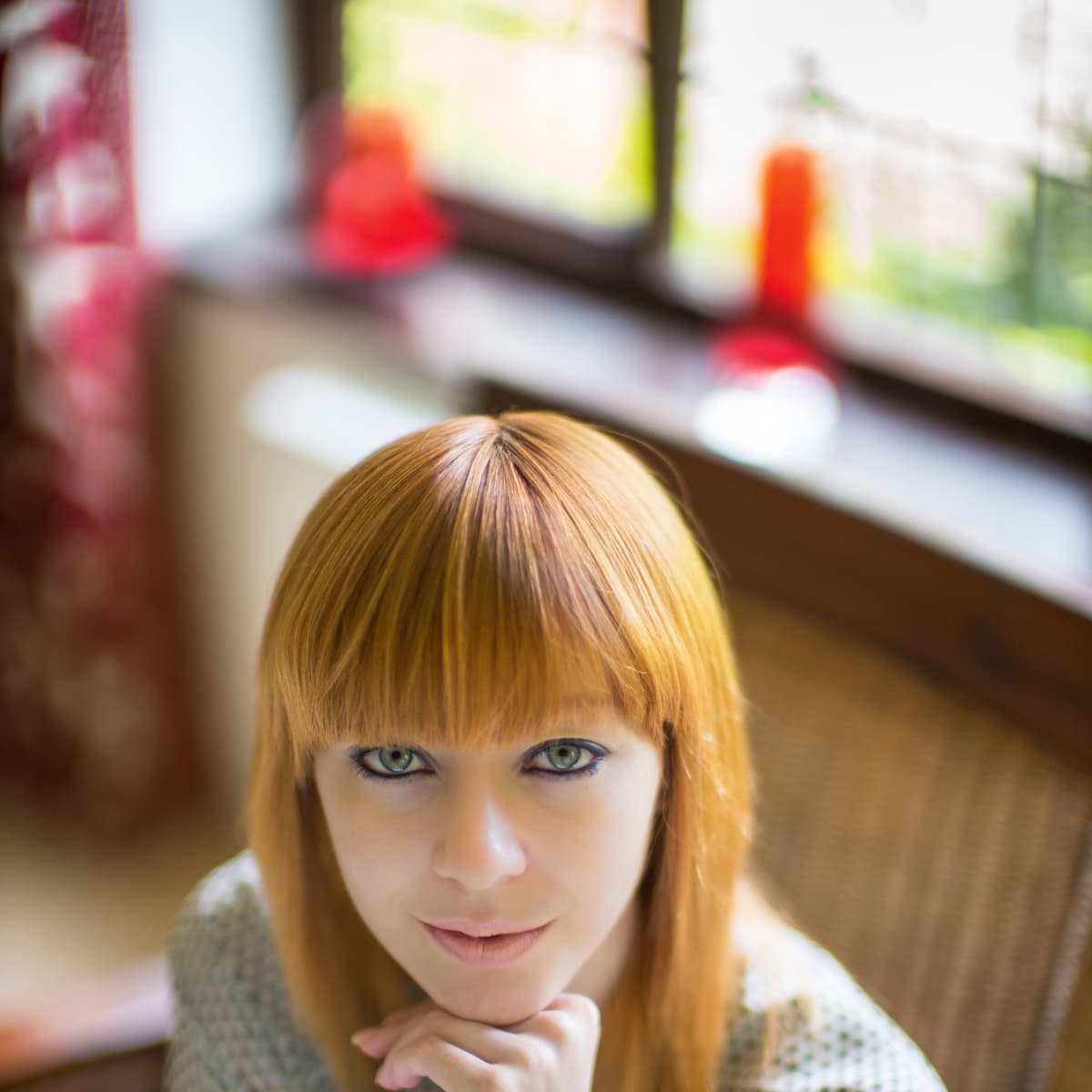It’s not often that we celebrate the birthday of an aperture. Ever heard of the f/8 or f/2.8 anniversary? No, because they aren’t terribly exciting. However, the Leica Noctilux is different, and its 50th birthday is definitely worth marking. At first, the Noctilux was an f/1.2 lens. Then it became an f/1 lens and nowadays it’s the frankly astonishing f/0.95 lens.
The Noctilux, meaning ‘light of the night’, began its life in 1966 as an f/1.2 lens designed by Helmut Marx. A new design by Dr Walter Mandler in 1976 pushed the aperture to f/1. This version continued until it was replaced in 2008 by the current f/0.95 Aspherical Noctilux, which was designed by Peter Karbe.
Throughout my career as a photojournalist, I’ve preferred to work with available light, so fast apertures have always been a draw. I’ve had Canon and Nikon f/1.2 lenses going back to the film days, and always tried to make sure I had at least one fast lens when the digital age dawned. In 1989, I shot with my first Leica – an M3 loaned to me by a friend of my father.
As soon as I unravelled my first roll of still-wet Kodak Tri-X from the spool in the darkroom of my first local paper, the Ealing Gazette, I knew I was on to something special – the negative popped. There was a beautiful contrast and tonal range, and a sharpness that made the pictures sing. I was hooked, and a couple of years later bought my very own Leica M4-2. An M6 soon joined, along with several gorgeous Leica Summicron lenses.
Roll on a couple of decades and Leica’s M9 was the first credible digital rangefinder I could take on assignment. I put my name down on the 12-month waiting list, which gave me time to save enough to buy it. I’d kept some old lenses, which were joined with a few newer lenses. I was ecstatic to be shooting with my Leica rangefinders again, and for most assignments my Canons took a back seat. My M9 and bag of Elmarit, Summicron and Summarit lenses were my new companions.
Superb standard lens
My favourite focal length has always been 50mm, closely followed by the 35mm. My Leica 50mm was the Summicron – an f/2 lens. It was great for most things, but not so useful in really low light, so I started to look at the world of the Summilux (f/1.4) and the Noctilux.
There was no way I could afford the current f/0.95 version (it costs well over £8,000), so I looked at the older f/1 version, which has a smooth, soft and ‘glowy’ signature look when used wide open. It’s beautiful, and works extremely well for certain types of portrait and still life, but isn’t suitable for everything. I wouldn’t want to photograph a politician or a boxer looking soft and glowy, for example. This limits its use as an everyday photojournalist’s lens and makes it a special-use lens instead, meaning one needs a standard 50mm, too.
The same is definitely not true of the current f/0.95 ASPH Noctilux, which not only allows photography in low light, but does so with such pin-sharp precision that it makes the lens suitable for everything. It is, in fact, a superb standard lens.
The f/1 lenses, too, were way out of my budget, especially after just having bought an M9. So I looked at the Voigtländer Nokton – an f/1.1 lens. It’s a fraction of the cost, so I got one and my low-light needs were partly addressed. It was definitely not in the same league as any of my Leica lenses, but it let me shoot in very dark situations, so it stayed for a while.
Insurance cheque
Several weeks later, a normal, dull, financial assignment for the Associated Press was to change everything. I arrived at the venue in the City of London with two shoulder bags – one with my Leica M9 set-up and one with a Canon EOS 5D Mark II and lenses. I put the shoulder bag containing the Leica on the conveyor belt for the X-ray machine. As it went through, I put the second bag on and took off my jacket. I looked up, just in time to see my first bag come off the open-ended conveyor, turn upside down and crash to the stone floor, with the unmistakeable sound of crunching metal.
It turned out the inept security guard hadn’t stopped the machine or moved my first bag to the side. Long story short, the Leica M9 was absolutely fine, but the 50mm Summicron, 28mm Elmarit and 75mm Summarit had all been damaged. As a point of law, if ever you’re unfortunate enough to be involved in an incident and there’s CCTV, you are entitled to the footage of yourself. Using this footage, I claimed from the venue (which tried to claim it wasn’t responsible).
When the insurance cheque arrived, I had a light-bulb moment, followed by a cheeky smile. I could either replace the three broken lenses, or go for the Leica Noctilux 50mm f/0.95 ASPH. I had tried it in the Leica Mayfair shop and, as a close friend who was with me will attest, had fallen in love with it.
Needless to say, I grasped this rare opportunity, put my name down on the long waiting list, paid the insurance cheque as a deposit and started to save for the remainder. Eventually, I got the call to tell me my Noctilux had arrived. I cleared my diary and went to Mayfair. Opening the presentation case this lens comes in was truly special. I had never felt so excited when buying camera equipment.
Signature look
In the days of shooting film, the Noctilux opened up the possibility of shooting in low light that would have been impossible before, even with an f/1.4 lens. However, with digital, this isn’t quite as much of a problem as one can increase the ISO – to an extent. However, it’s my feeling that more people choose the Noctilux for its signature look than purely for its speed in low-light situations.
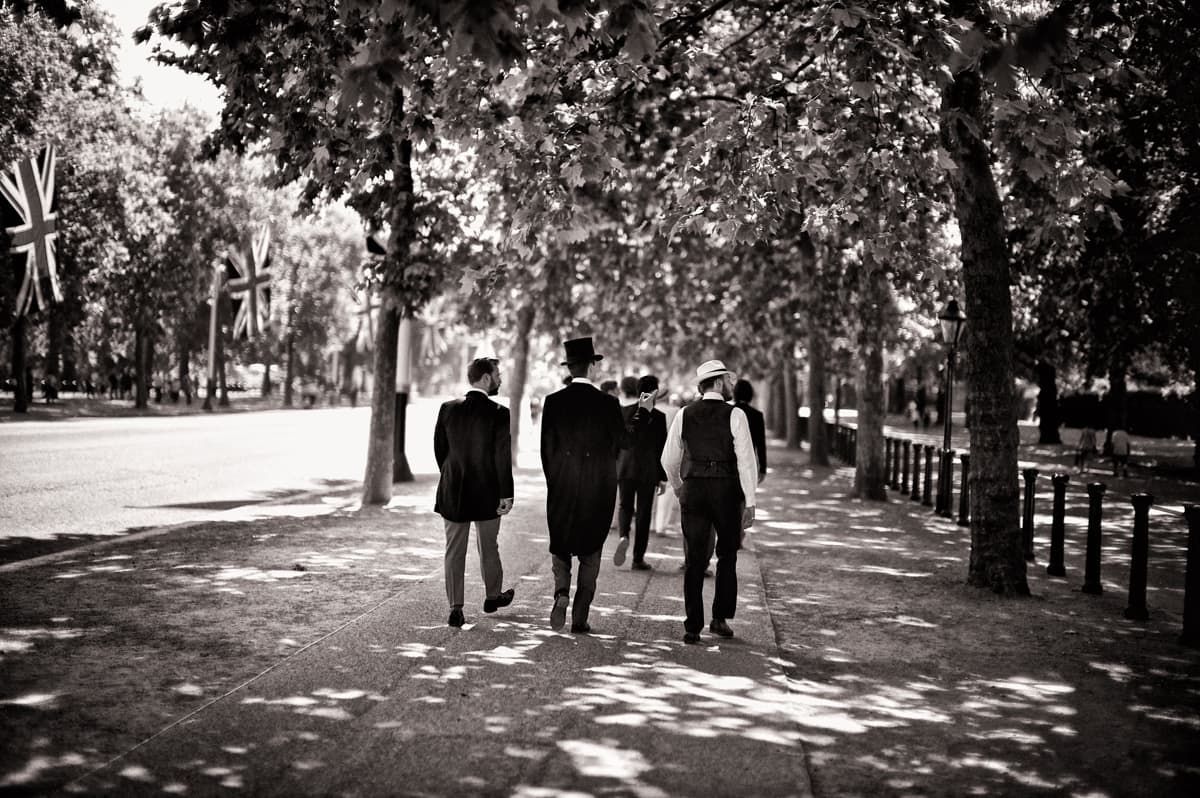
When working in low light with this lens, it never ceases to amaze me when I think a scene is too dark. Then I turn the aperture ring to f/0.95, put the camera to my eye and, astonishingly, the exposure meter assures me all is well. I have yet to tire of this phenomenon.
I have worked extensively with the Leica 50mm Summicron and 50mm Elmarit-M f/2.8. Both are amazing lenses with great image rendition. However, nothing I have shot with, including Leica’s discontinued 75mm Summilux f/1.4 or Canon’s 85mm f/1.2L II, produces images like the Noctilux. Its images pop. Your point of focus is pin sharp and rendered perfectly. When shooting wide open, the background blur is phenomenal and unique. Even results from Zeiss, which is known for its background rendition, can’t come close to how this lens renders.
One piece of advice: get a quality ND filter. You’ll definitely need one as you become accustomed to the beautiful rendering when the lens is wide open, and if you want to use this aperture in bright light you’ll definitely need an ND. Having said all this, don’t fall into the trap of using f/0.95 all the time, just because you’ve paid so much money for it. I’ve seen a lot of photographs ruined this way. Always let the image guide you towards making the relevant choices; equipment should never be your decision maker.
Wide open, the lens has beautiful shallow depth of field, with a smooth and soft bokeh, allowing isolation of the subject. It’s also a lens that makes you work really hard. The harder you work, the more it rewards you. Manually focusing a rangefinder camera takes skill; manually focusing a Noctilux on a moving subject requires total concentration. When you’re on form, though, magic happens.
A visit to Flickr or some Leica forums will show a lot of out-of-focus images shot on a Noctilux or dull pictures of stationary objects. It really is a lens that requires you to practise, practise and practise some more. Then to work hard. The harder you work, the easier it gets, and eventually it becomes second nature.
Even after more than five years of Noctilux photography, if I’ve been using my Olympus gear for a while, I still need to practise a little when I return to the Noctilux, just to get the feel and speed back. Don’t let this put you off, though; if you ever get this lens or the previous f/1 version, be prepared to work hard and your smile at the results will be wider than the aperture.
So, the Noctilux is challenging to work with wide open. The depth of field is practically non-existent and one has to be absolutely spot-on with focus. It’s therefore a good idea to send your Leica rangefinder to Leica with your Noctilux to have them calibrated to match perfectly. Leica products are very accurately calibrated to within tiny tolerance margins. However, when shooting at f/0.95, all it takes for an image to be slightly out of focus is for the camera to be plus in the tolerance range and the lens to be minus.
This is an absolute must, as otherwise one would give up on the lens, judging it too challenging to work with. This would be a big mistake, as the magic of the lens will then remain undiscovered. Both my M9 cameras and Noctilux needed this subtle calibration tweak, but when I upgraded the cameras to a Leica M 240 and M 246, both were perfectly in tune with the Noctilux.
What makes the lens so special?
According to Stefan Daniel, Leica’s head of product management, ‘The Noctilux 0.95/50 is one of the most demanding lenses currently in production and we can only assign production and assembly to the most experienced and skilled people in the whole company.” It is also the most expensive lens in the Leica M, SL and S range, costing £8,290 in black, and slightly more in chrome. It may therefore come as a bit of a surprise to learn that it’s also one of the most in-demand lenses, with long waiting lists.
According to the Leica Store Mayfair, one can expect up to a 12-month wait from the point of order. Although the lens itself takes 16 hours to assemble by hand, it’s the raw materials and optics, some of which are rumoured to take 12 months to cool from being cast, that add to the length of time required. Some very exotic glass is used in this lens.
Conclusions
The Leica rangefinder has always been a favourite with photographers who like to work in a subtle way and with available light. The lack of a reflex mirror means it’s much easier to handhold at slower shutter speeds. It is, in fact, the very first mirrorless camera. With this ethos in mind and the fact that the f/0.95 is one of the fastest lenses currently available for any full-frame camera, it’s perfectly understandable that you might crave its abilities.
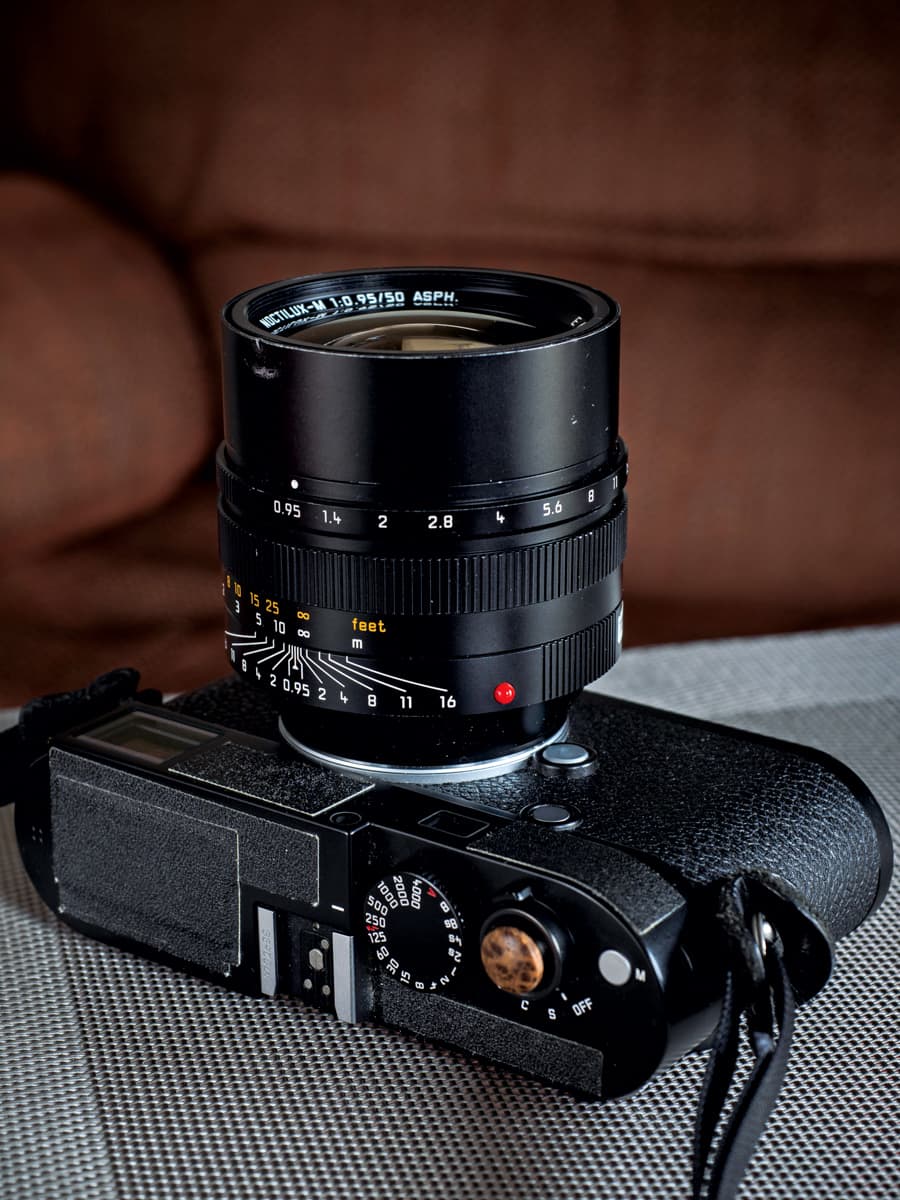
Leica M 240 camera and Leica M-Noctilux f0.95 ASPH lens belonging to photographer Edmond Terakopian. November 26, 2016. Photo: Edmond Terakopian
It creates beautiful images with an amazingly soft and fluid bokeh (out-of-focus detail rendition) that makes your subject pop; it gives more dimension and depth to every picture. I’ve even heard people saying its images have a 3D appearance.
Is it worth the asking price? I guess it’s really a question of whether the photographer can see the value of the lens. You could buy any Leica M camera and a 50mm f/1.4 Summilux-M ASPH for roughly the same price. However, in a world where everyone shoots with similar equipment, with a sea of zooms, firstly a Leica M camera and any Leica lens will set your work apart. The Noctilux then takes this further and makes it unique. It’s good to be an individual.


